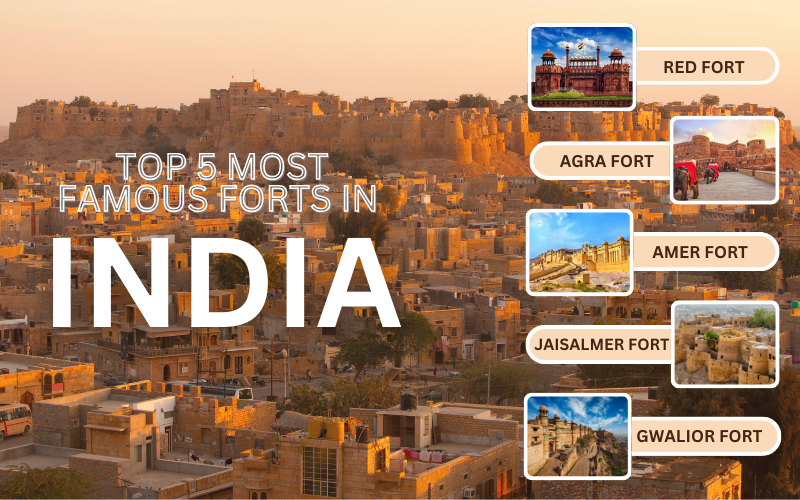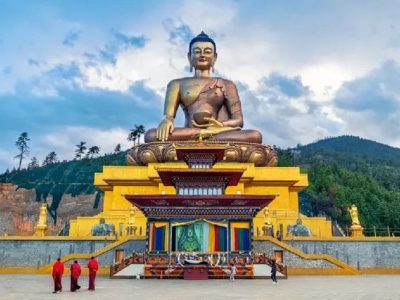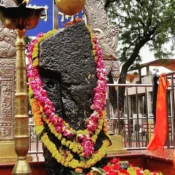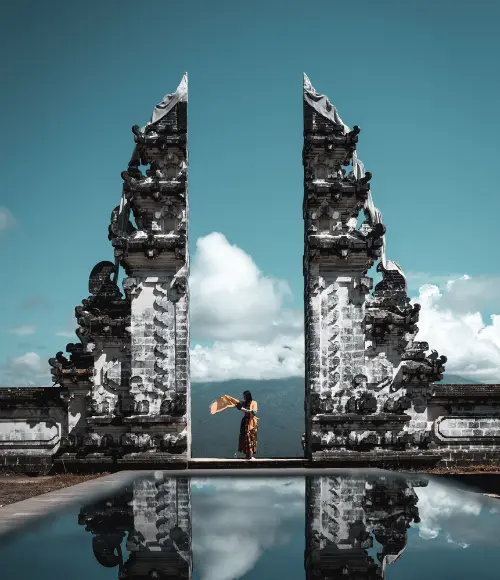
Top 5 Most Famous Forts in India
India boasts a plentiful and rich tapestry of history, with its forts withstanding the ebbs, tides, and horrors of the past. From the majestic Amber Fort in Jaipur to the imposing Red Fort in Delhi, each fortress tells stories of grim valor, greedy conquest, and lavish architecture. Explore India’s formidable fortresses and uncover our land’s age-old heritage.
1. Red Fort:
Sometime around the year 1638, Shah Jahan, the Mughal ruler, decided that he would shift his capital from Agra to Delhi. He commissioned the then-architect-in-chief, Ustad Ahamad Lahori, to build the infamous Red Fort. While red and white marble are the culprits behind the charm of the octagonal fort from the outside, the wonderful carvings along the doorways and parapets on the inside are evidence of the grandeur and the lavish taste of Mughal rulers that everybody speaks of.
Tall, lofty walls, battlements, fortified gateways speak of blood, warriors and battle, while miniature paintings, silk carpets with intricate designs uncommon to commoners, consorts, and courtiers, are glimpses of grandeur within the confines, during the Mughal rule. Inside the Diwan-i-Khaas, as described by a French traveler ‘Francois Bernier’ was the “Peacock Throne” bejeweled with rubies, pearls, gold, and diamonds. This grandiose royalty, became a war booty for the Persian warlord ‘Nadir Shah’, who plundered the Mughals, snatched away the Peacock Throne, lives, and much more, and went back to Persia. Later, the fort came under the Rohilla Afghans, Marathas, and ultimately the East India Company.
Thankfully though, the Red Fort has withstood the test of time, a difficult test indeed, all the while saving some, if not all of the finest structures, and now lives to unveil the ‘Tri-colour Flag’ every year on August 15th.
2. Agra Fort:
Behind the tall imposing walls of the Qila Agra lies a vast complex of splendidly decorated architecture that includes palaces, courtyards, halls, and mosques. In 1565 AD, The Mughal emperor, Akbar renovated the Agra Fort. The present-day structure was completed in 1573. Qila Agra is also the fort where Humayun was crowned.
The story goes that after the first battle of Panipat, the sultan of Delhi, Ibrahim Lodi, who held the fort, was killed and the Mughals took control over Delhi. Babur sent Humayun to capture Agra where the latter seized a vast treasure including the Kohinoor.
After Humayun, the fort switched hands a couple of times and then it was back to the Mughals, to Akbar. One of the historians named Abu Fazl during Akbar’s period records that 5000 beautiful structures had been built, most of which were destroyed.
The crescent-shaped fort that is a banquet of well-carved structures, and red sandstone buildings, was also the place where Shah Jahan spent his last eight years, imprisoned by his own son Aurangzeb.
This UNESCO World Heritage site is a time capsule with an abundance of stories worthy of enriching each person’s life and is surely to leave an impact.
3. Amer Fort:
Amer Fort was erected by Raja Alan Singh, who ruled over Amer. He was from the Chanda Clan of Meenas – a tribe in western India. The present-day Amer Fort was built on the remains of the earlier structure by Raja Man Singh. Further renovations and improvements were done by the successors until the capital was shifted to Jaipur during the rule of Sawai Jau Singh in 1727.
The fort is a perfect example of the Rajput architecture. The red sandstone and marble construction was once the home of the Rajput Maharajas. Inside the Amber Fort is the Sheesh Mahal, surrounded by concave mirrors placed in such a way that a single ray of light can light up the whole place. Diwan-i-Aam, Diwan-i-Khass, Yash Mandir, Sukh Mandir, and Shila Devi Temple are major views inside the fort.
4. Jaisalmer Fort:
Imposed by Raja Rawal Singh, the Jaisalmer Fort was a stronghold for the king during the 12th century. Over the years, the towering walls of the fort began to witness a thriving city, brimming with palaces, mansions, marketplaces, and more.
Yellow sandstone paints these walls in distinct golden and hence is called ‘Sonar Qila’. The fort has been subjected to many battles over time. Alauddin Khalji of Delhi attacked and took hold of the fort somewhere around 1299 CE, before being reoccupied by the Bhatis. Amir Ali also came out victorious against Rawal Lunakaran but the reinforcements chased the Afghan Chief away reclaiming the fort.
5. Gwalior Fort:
Although the information of who built the fort is still anonymous, local legend says that the fort was built in 3CE by a king named Suraj Sen.
When the Raja was ailing from leprosy, a sage named ‘Gwalipa’ offered him some water from a sacred pond that cured his condition. Overcome with gratitude, the king built a fort around the pond and named it after the sage as a sort of dedication for the selfless deed of the sage. The sage thereby, blessed the king with the title ‘Pal’ or protector and told him that for as long as they bore this title, the fort would be in their family’s possession.
Since then, 83 descendants of Suraj Sen Pal have controlled the fort.
The fort and its premises are well maintained and contain many historic monuments like palaces, temples, and water tanks which are evidence of the fine craftsmanship and architecture of the pre-modern era without the contemporary tools available at present.
For visitors, travelers, and dreamers, bring out the explorer, the historian in you. Get in touch with SaiShishir Tours and Travels for more details.





